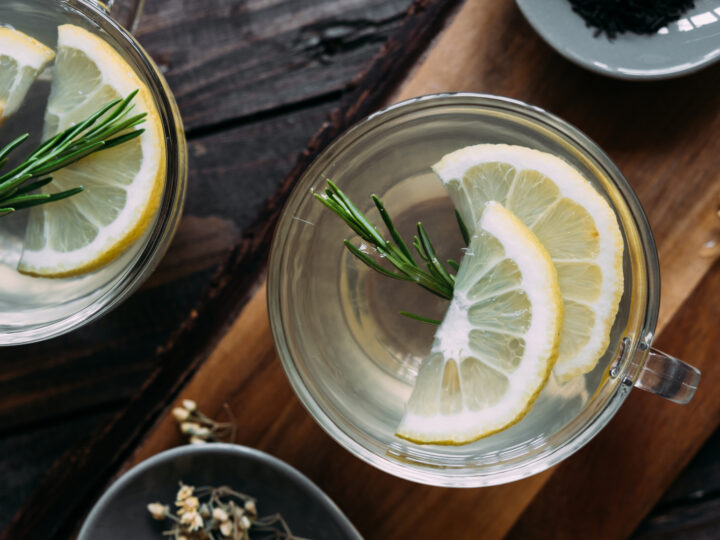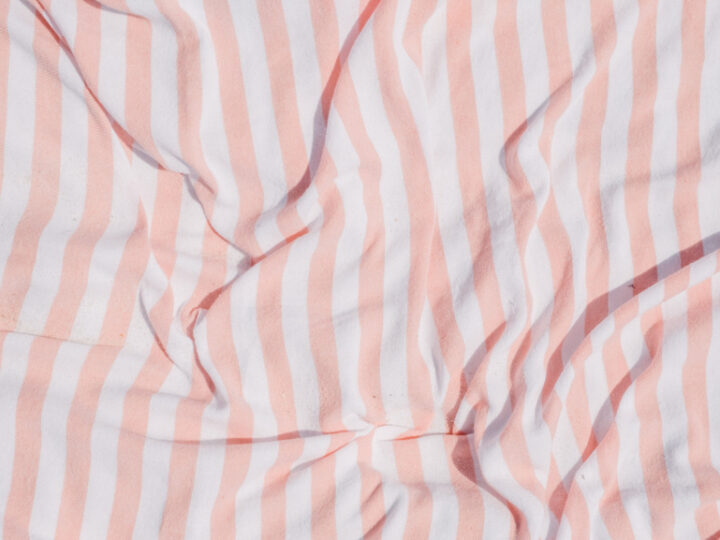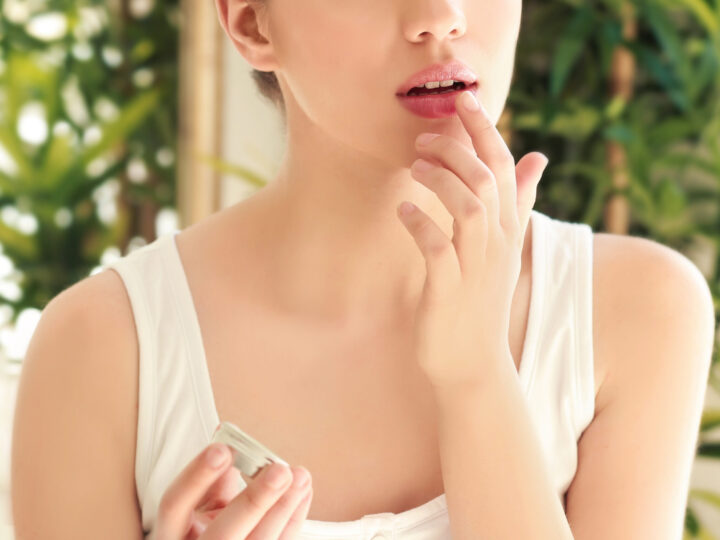PAIN MANAGEMENT WITH TCM
6 Options For Natural Treatment
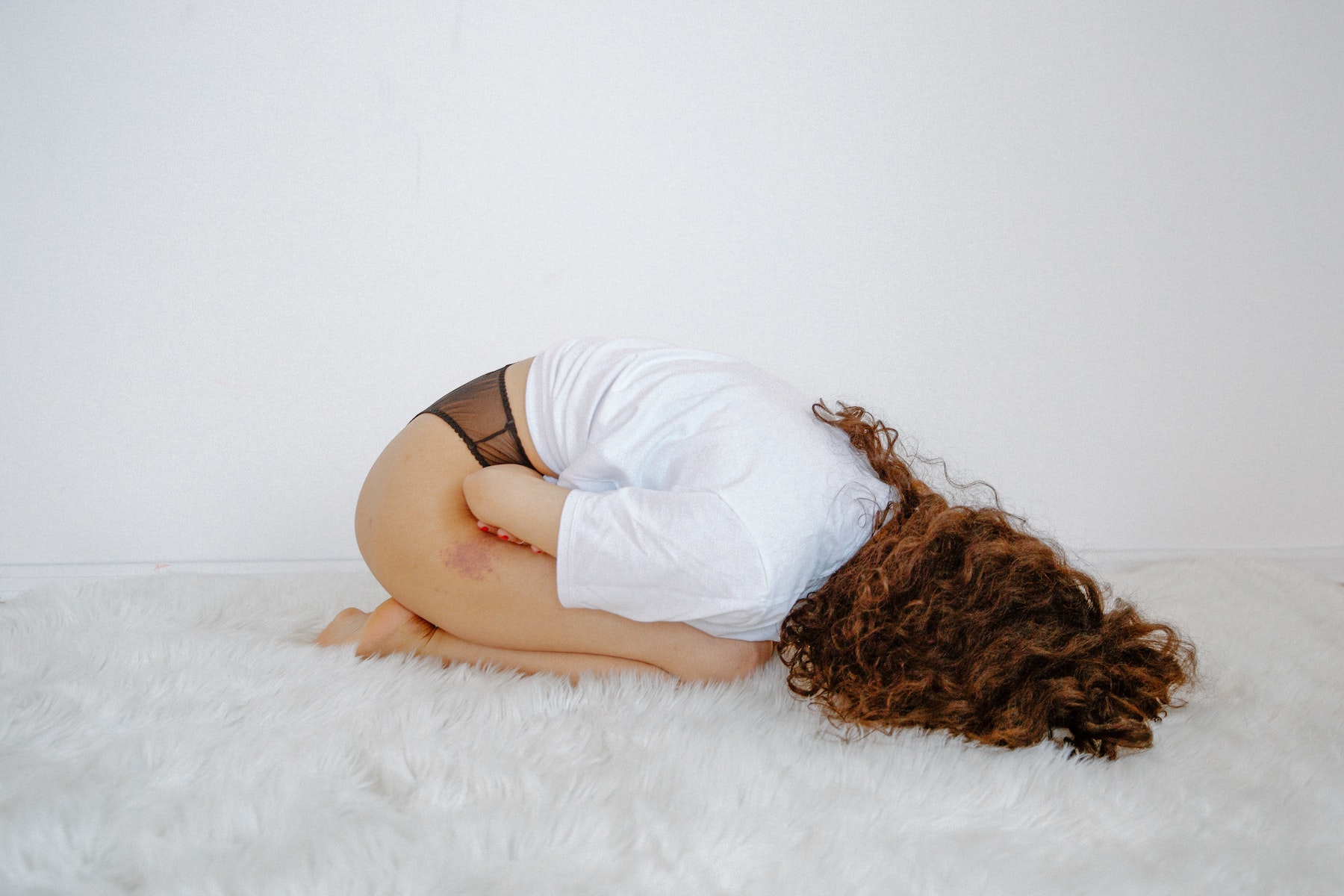
Be it a tension headache after one of those days or that nagging knee pain that keeps creeping in, we all have aches and pains that need addressing. In modern medicine, pain is often treated with medication, or sometimes physical therapy, but in Traditional Chinese Medicine (TCM), many different tactics and treatments are available depending on the particular pain a patient is experiencing. The holistic methodology behind TCM considers not just the physical pain, but also the underlying cause, and the effect is has on your mind and spirit when making diagnoses and designing treatment plans for pain.
There are pain management options for all kinds of different conditions in TCM. If you suffer from aching muscles after an intense workout, intense cramping from PMS, or pain from battling cancer, there’s likely a TCM treatment that can help. It’s important to note that certain conditions require ongoing treatment and the level of pain relief can vary from person to person. Here are six different ways to manage pain with TCM.
Dietary Changes
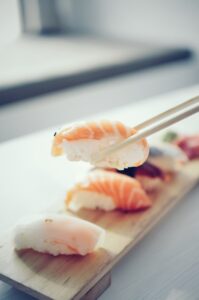 One of the major culprits of chronic pain? Internal inflammation. These imbalances are often caused or exacerbated by the food we eat. As simple as it may sound, adjusting your diet could put you on the fast-track to pain relief. Both Eastern and Western medicine agree; when you fill your body with processed or junk foods, meals with low nutritional value, alcohol, raw and cold foods, and excess caffeine and sugar, you’re more likely to experience issues.
One of the major culprits of chronic pain? Internal inflammation. These imbalances are often caused or exacerbated by the food we eat. As simple as it may sound, adjusting your diet could put you on the fast-track to pain relief. Both Eastern and Western medicine agree; when you fill your body with processed or junk foods, meals with low nutritional value, alcohol, raw and cold foods, and excess caffeine and sugar, you’re more likely to experience issues.
You want to aim for foods that will nourish your body and give it the tools it needs to maintain harmony of the qi and blood. An easy fix is to ensure you have plenty of colorful vegetables on your plate. Leafy greens, red and yellow peppers, orange carrots, and others all contain those desired nutrients. Alongside those opt for lean meats and seafood, and healthy grains and nuts. When your body has the proper fuel, it’s less likely to break down in pain. Consult with your TCM practitioner for a tailored diet to treat any specific concerns.
Herbal Remedies
If you’re looking to ease off the pills, medicinal herbs might do the trick. In addition to cleaning up your diet, your TCM practitioner might suggest adding herbal mixes or remedies to your treatment plan. Medicinal herbs have been used for thousands of years in many cultures to help reduce pain. These herbs are all-natural and when taken with the properly assigned dosage and frequency can prove as powerful alternatives to modern painkillers. 
One herb that might be suggested for pain is a tuber called corydalis (yu jin). Noted as containing effects similar to morphine, this powerful herb can fight chronic pain, but without the tolerance and addiction issues of opioids. Corydalis is typically dug up out of the dirt, ground down into a finer substance, and then boiled with hot vinegar to bring out the strongest medicinal qualities.
Curcumae (jiang huang) is another popular herb that can be used to ease pain caused by inflammation. This is particularly useful for those suffering from traumatic injuries, abdominal and menstrual pain, or arthritis. Other herbs you might be more familiar with that have been said to ease pain include ginseng, rhubarb, licorice, cinnamon bark, and ginger.
Tui Na
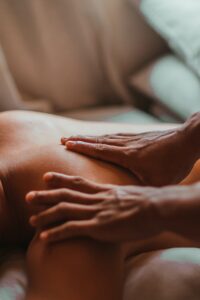 For those suffering from chronic types of pain or musculoskeletal conditions, tui na bodywork massage is a strong treatment option. Tui na takes techniques from massage, acupressure, and movements that may seem similar to yoga or physical therapy to manipulate the body’s energy to restore balance. Even if you don’t have chronic pain, you might want to give tui na a try if you’re dealing with back or neck pain.
For those suffering from chronic types of pain or musculoskeletal conditions, tui na bodywork massage is a strong treatment option. Tui na takes techniques from massage, acupressure, and movements that may seem similar to yoga or physical therapy to manipulate the body’s energy to restore balance. Even if you don’t have chronic pain, you might want to give tui na a try if you’re dealing with back or neck pain.
One item of note, Tui Na is not your typical massage. In fact, it’s called “body work” for a reason. Practitioners of Tui Na are dedicated to restoring the body to a properly functioning state. Movements can range from slow and steady to fast and intense, but the focus isn’t on relaxation, rather on doing what’s best for the body.
Moxibustion
Despite your first instinct, that pungent smell isn’t cannabis- it’s actually moxa. The TCM practice of moxibustion is centuries old and revolves around the idea of warming and invigorating the blood to stimulate qi, disperse cold and wind, and strengthen the Kidney yang. Moxa, or mugwort root, is burned, producing a ton of smoke and heat. Depending on preference and technique, the moxibustion process can be applied directly or indirectly.
When used directly, the stick of moxa is placed on the skin at the acupoints and can either be left to create a small burn or removed before that point. Indirect use of moxibustion means that the practitioner simply hovers the moxa stick over the designated area to heat the skin. Others might combine acupuncture and moxibustion by inserting the needle, then placing moxa on the outer end of the needle and igniting it, sending heat down through the body.
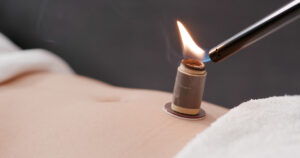 When it comes to treating pain, moxibustion has been used for conditions such as knee osteoarthritis, temporomandibular joint disturbance syndrome, soft tissue injury, heel pain, asthma, diarrhea, and colitis. Western medical doctors who have studied moxibustion have found that it has proven helpful for women suffering from menstrual cycle-related pains as well as turning breech babies.
When it comes to treating pain, moxibustion has been used for conditions such as knee osteoarthritis, temporomandibular joint disturbance syndrome, soft tissue injury, heel pain, asthma, diarrhea, and colitis. Western medical doctors who have studied moxibustion have found that it has proven helpful for women suffering from menstrual cycle-related pains as well as turning breech babies.
Acupuncture
Those tiny needles have been proven to make a big difference in the experience of pain! There have been many studies on the effects of acupuncture for various types of pain. The studies most commonly showing significant improvements of pain management due to acupuncture typically revolve around these areas:
- Back
- Neck
- Shoulders
- Headaches
- Osteoarthritis
- Pain from labor and delivery
During an acupuncture treatment, the needles are inserted in strategic areas of the body, stimulating points that might link to energetic imbalances. In TCM it is believed that blockages, imbalances, and irregular flow of energy can result in the physical pain and ailments of the body. Modern medicine agrees; studies have shown that the stimulation of peripheral nerves during acupuncture treatments trigger the release of endorphins. That release helps to block the sensations of pain and increase feelings of relaxation.
Cupping
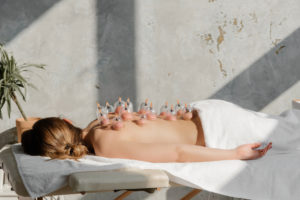 Another type of traditional Chinese massage, cupping involves heating up glass or plastic cups and then strategically placing them on the body. The cups are heated by lighting a small flammable object on fire and using tongs to place it inside the cup to heat and remove oxygen. The flame is removed and the cup is then swiftly placed on the bare skin. As the air inside cools and pressure shifts, a vacuum effect is created, providing suction that holds the cup in place.
Another type of traditional Chinese massage, cupping involves heating up glass or plastic cups and then strategically placing them on the body. The cups are heated by lighting a small flammable object on fire and using tongs to place it inside the cup to heat and remove oxygen. The flame is removed and the cup is then swiftly placed on the bare skin. As the air inside cools and pressure shifts, a vacuum effect is created, providing suction that holds the cup in place.
Most often, this practice occurs in fleshy areas of the body like the back or stomach. Expect to have red marks that deepen into bruises after treatment. Some people might also experience small amounts of bleeding or irritation. This practice is often used to ease tight muscles, release deep scar tissue, and release knots and swelling. Professional athletes have become known for using the practice of cupping to help soothe muscle pain after hard periods of training or before a big competition.
Newer
How to Stay Healthy in the Coronavirus Era
Older
Everything You Need to Know About Acupuncture
Comments (0)
Leave a reply
You must be logged in to post a comment.


